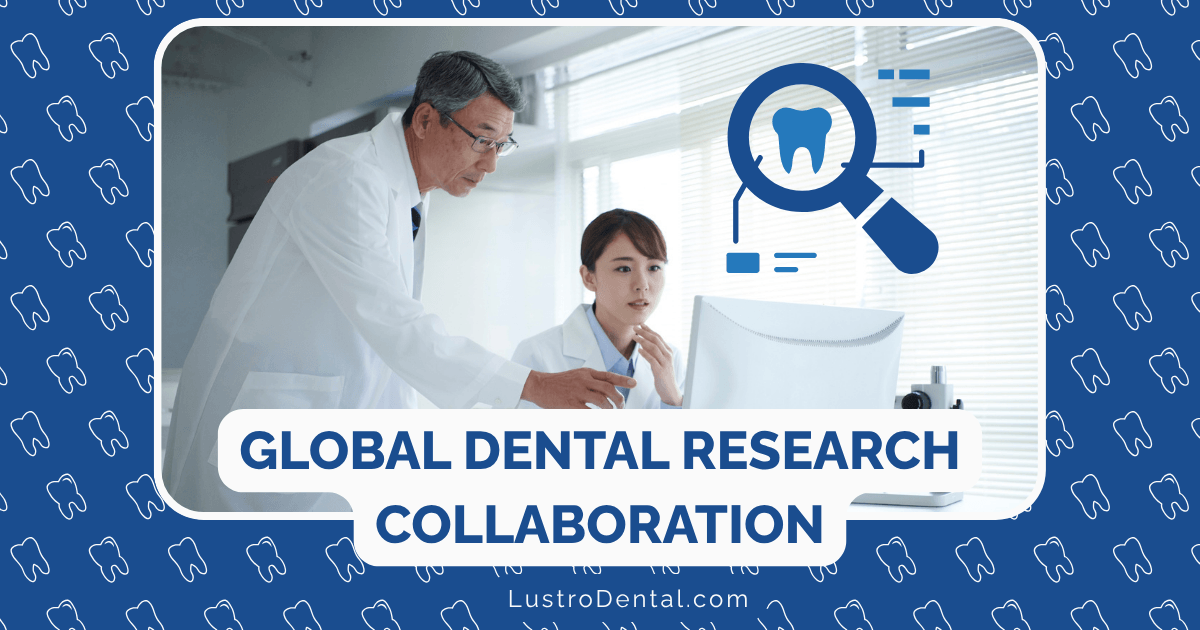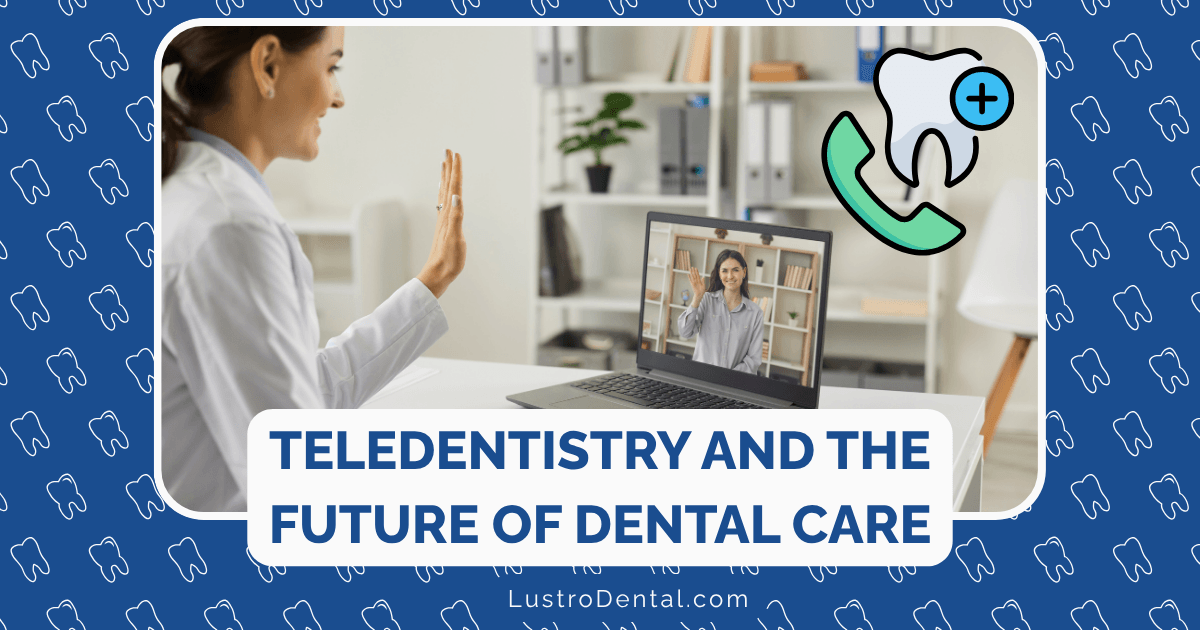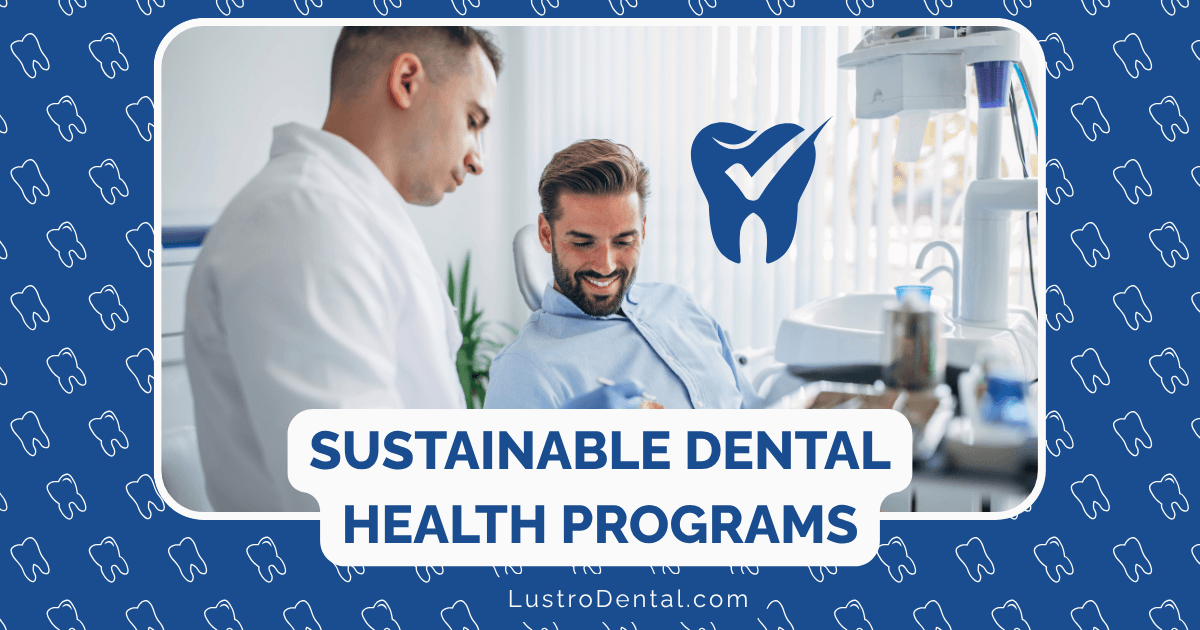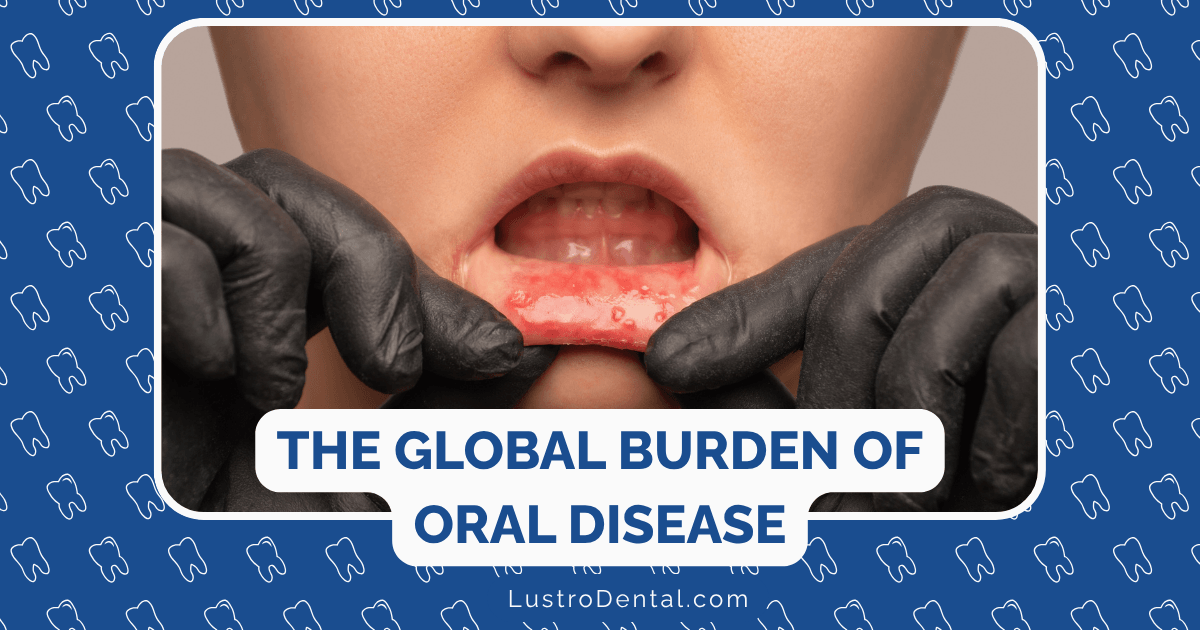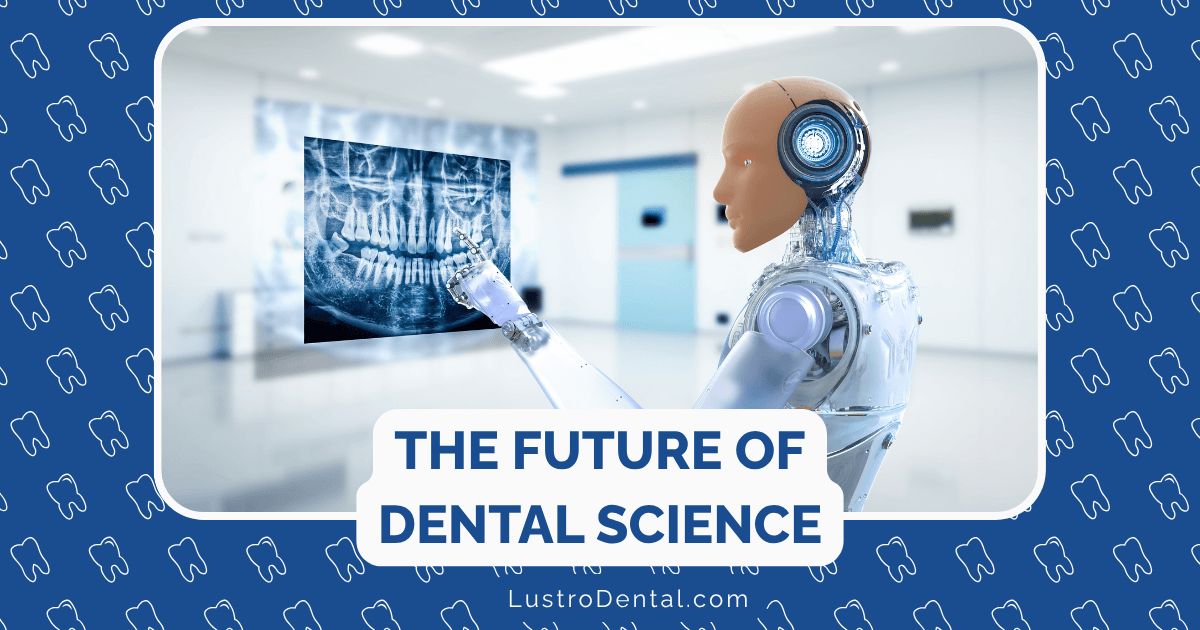Natural vs. Synthetic: Myths About Dental Materials
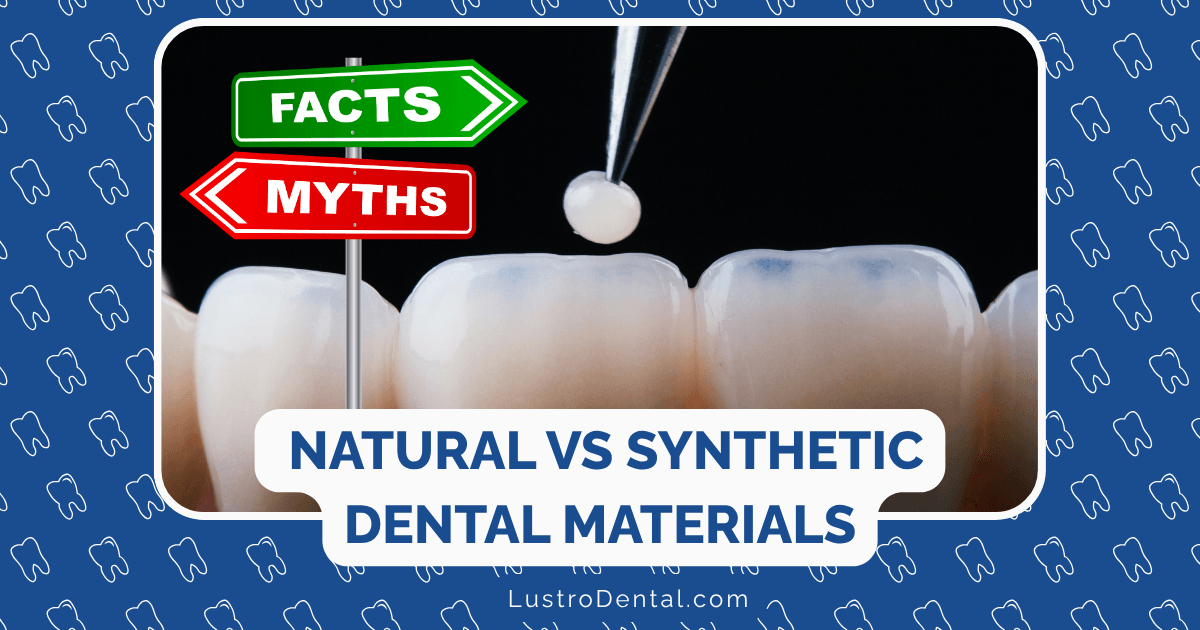
In an era of increasing health consciousness and environmental awareness, the debate between natural and synthetic materials has extended into dentistry. From filling materials to toothpaste ingredients, patients are asking more questions about what goes into their mouths. This heightened interest, while positive, has also led to the proliferation of myths and misconceptions about dental materials.
This article examines the science behind common dental materials, separating evidence-based facts from marketing claims and internet myths. Whether you’re concerned about the safety of certain materials, their effectiveness, or their environmental impact, understanding the reality behind these products will help you make informed decisions about your dental care.
The “Natural” Label: What Does It Really Mean?
Perhaps the most pervasive myth in discussions of dental materials is that “natural” automatically means safer, healthier, or more effective. This assumption deserves careful examination.
Myth: Natural Dental Materials Are Always Safer Than Synthetic Ones
The Reality: Safety depends on specific properties and biocompatibility, not whether something is natural or synthetic.
The term “natural” lacks standardized definition in dentistry and is often used more as a marketing tool than a scientific classification. Many naturally occurring substances can be harmful when used inappropriately in dental applications, while many synthetic materials have been rigorously tested and proven safe over decades of use.
Dr. Sarah Johnson, Professor of Dental Materials Science at the University of Michigan, explains: “The distinction between ‘natural’ and ‘synthetic’ is often meaningless from a safety perspective. Mercury is completely natural but toxic in certain forms, while many synthetic polymers used in dentistry have excellent biocompatibility profiles.”
Examples that challenge the natural-equals-safer assumption include:
- Natural mercury: Toxic in amalgam form if not properly handled
- Natural arsenic: Historically used in dentistry, now known to be dangerous
- Natural essential oils: Can cause allergic reactions or tissue irritation in some patients
- Synthetic composite resins: Generally biocompatible with minimal adverse reactions
The American Dental Association emphasizes that all dental materials, regardless of origin, should be evaluated based on scientific evidence regarding their safety, not marketing claims about their source.
Restorative Materials: Separating Fact from Fiction
Dental restorative materials—used for fillings, crowns, and other repairs—are particularly subject to misconceptions.
Myth: Metal-Free Restorations Are Always Better Than Metal Ones
The Reality: Each restorative material has specific advantages and disadvantages depending on the clinical situation.
The trend toward “metal-free dentistry” has led some patients to believe that ceramic, composite, or other non-metal materials are universally superior to metal options. However, dental material selection should be based on the specific clinical requirements rather than blanket preferences.
Metal Restorations (Gold, Silver Amalgam, etc.)
- Advantages: Exceptional durability, wear resistance, and longevity; less technique-sensitive during placement
- Disadvantages: Aesthetics, thermal conductivity, potential concerns about mercury in amalgams
Ceramic Restorations (Porcelain, Zirconia, etc.)
- Advantages: Excellent aesthetics, good biocompatibility, thermal insulation
- Disadvantages: Can be brittle in certain applications, may wear opposing teeth, typically more expensive
Composite Restorations (Resin-Based)
- Advantages: Good aesthetics, conservative preparation, bondable to tooth structure
- Disadvantages: Higher wear rates in some formulations, potential for post-operative sensitivity
Dr. Robert Chen, restorative dentist and materials researcher, notes: “The best material depends on numerous factors including the location of the restoration, occlusal forces, aesthetic requirements, and patient-specific considerations like allergies or parafunctional habits. Dismissing entire categories of materials limits our ability to provide optimal care.”
A 2024 systematic review in the Journal of Prosthetic Dentistry found that gold alloy restorations still demonstrated the longest average lifespan (25+ years), while tooth-colored alternatives showed significant improvements in longevity compared to earlier generations.
Myth: Amalgam Fillings Are Dangerous and Should Be Removed
The Reality: Scientific consensus supports the safety of dental amalgam for most patients, and removal without clinical necessity may cause more harm than benefit.
Few dental materials have generated as much controversy as silver amalgam fillings. Despite decades of research supporting their safety, concerns persist about their mercury content.
The current scientific consensus, supported by organizations including the FDA, ADA, and World Health Organization, is that dental amalgam is safe for most patients. A comprehensive review by the FDA in 2020 concluded that there is insufficient evidence to support restrictions on amalgam use for the general population, though they suggested precautionary avoidance for certain vulnerable groups.
Dr. Maria Rodriguez, toxicologist and dental researcher, explains: “The mercury in dental amalgam is bound in an alloy form that significantly reduces bioavailability. While extremely small amounts may be released over time, these levels fall well below thresholds of concern for the vast majority of patients.”
Importantly, the unnecessary removal of functional amalgam restorations can:
- Release more mercury vapor during the removal process than would be released over years of normal wear
- Sacrifice healthy tooth structure
- Lead to complications including pulpal damage or tooth fracture
- Create larger restorations with potentially shorter lifespans
For patients with specific concerns, the International Academy of Oral Medicine and Toxicology has developed protocols for safer amalgam removal when clinically indicated.
Preventive Materials: Effectiveness vs. “Naturalness”
Preventive dental materials, including toothpastes, mouthwashes, and sealants, are particularly subject to natural-versus-synthetic debates.
Myth: Fluoride-Free “Natural” Toothpastes Are Healthier and Equally Effective
The Reality: Fluoride remains the most thoroughly documented anti-cavity ingredient, and alternatives generally show less consistent evidence of effectiveness.
The movement away from fluoride in some “natural” oral care products represents one of the most significant disconnects between marketing claims and scientific evidence in dentistry.
Fluoride’s effectiveness in preventing dental caries (cavities) is supported by thousands of peer-reviewed studies and decades of public health data. The Centers for Disease Control and Prevention has recognized water fluoridation as one of the ten greatest public health achievements of the 20th century.
Dr. James Wilson, preventive dentistry specialist, notes: “The evidence for fluoride’s safety and effectiveness at recommended concentrations is overwhelming. While some alternative ingredients show promise, none has the depth of research supporting fluoride for cavity prevention.”
Some fluoride alternatives and their evidence base include:
- Hydroxyapatite (nano-HAp): Emerging research shows promise, particularly for remineralization, but has less long-term clinical data than fluoride
- Xylitol: Demonstrated some anti-caries effects, primarily through bacterial inhibition, but most effective when used in adequate concentrations (often higher than found in many products)
- Essential oils: May have some antimicrobial properties but limited evidence for remineralization effects
- Herbal extracts: Highly variable efficacy depending on specific compounds, concentration, and formulation
A 2023 systematic review in the Journal of the American Dental Association found that while some non-fluoride ingredients showed beneficial effects in laboratory studies, clinical trials consistently demonstrated superior cavity prevention with fluoride-containing products.
Myth: Natural Mouthwashes Are Always Gentler and Healthier
The Reality: Both natural and conventional mouthwashes can disrupt oral microbiome balance, and effectiveness varies significantly between specific formulations.
The oral microbiome—the community of microorganisms in the mouth—plays a crucial role in dental health. Both “natural” and conventional mouthwashes can potentially disrupt this delicate ecosystem.
Dr. Lisa Chen, microbiologist specializing in oral bacteria, explains: “Essential oils like tea tree, peppermint, or clove in natural mouthwashes have broad antimicrobial properties that can kill beneficial bacteria along with harmful ones, similar to alcohol or chlorhexidine in conventional products. The ‘natural’ label doesn’t guarantee a more balanced approach to oral microbiome health.”
Key considerations when evaluating mouthwashes include:
- Specific active ingredients: Some natural antibacterials (certain essential oils) can be as disruptive as synthetic ones
- Alcohol content: Present in both some natural and conventional formulations, can cause dry mouth
- pH level: Should be compatible with healthy oral environment (slightly alkaline)
- Targeted use: Most beneficial when used for specific conditions rather than routine daily use
A balanced approach involves recognizing that mouthwash—whether natural or synthetic—is typically an adjunct to mechanical cleaning rather than a replacement, and that overuse of any antimicrobial agent may have unintended consequences for oral microbiome health.
Implant Materials: Innovation and Evidence
Dental implants represent one of modern dentistry’s greatest advances, but are also subject to misconceptions about materials.
Myth: Ceramic or Zirconia Implants Are Always Superior to Titanium
The Reality: While ceramic implants offer certain advantages, titanium remains the gold standard with the longest track record of success.
The emergence of ceramic implant options has led some patients to believe they represent an unequivocal improvement over traditional titanium implants. The evidence presents a more nuanced picture.
Titanium Implants
- Advantages: Exceptional long-term success rates (95%+ at 10 years), decades of clinical data, excellent mechanical properties, well-understood healing process
- Disadvantages: Potential aesthetic limitations in thin gingival biotypes, extremely rare allergic reactions, concerns about metal sensitivity in some patients
Ceramic/Zirconia Implants
- Advantages: White color potentially beneficial in aesthetic zones, no metal content for patients with confirmed titanium allergies, possibly reduced plaque accumulation
- Disadvantages: Less long-term clinical data, typically one-piece designs with less prosthetic flexibility, higher fracture potential in some designs
Dr. Thomas Lee, implantologist with 20 years of experience, notes: “While ceramic implants continue to improve and represent a valuable option for specific cases, titanium’s track record of predictable osseointegration and long-term success makes it difficult to justify categorical claims of ceramic superiority. Material selection should be based on individual patient factors rather than assumptions about ‘naturalness.'”
A 2024 meta-analysis in the International Journal of Oral & Maxillofacial Implants found comparable short-term survival rates between titanium and modern zirconia implants, but noted the significantly longer follow-up data available for titanium, making long-term comparisons difficult.
Orthodontic Materials: Traditional vs. Alternative Approaches
Orthodontic treatment has also seen debates between conventional and alternative materials and approaches.
Myth: “Natural” Orthodontic Approaches Are Equally Effective But Gentler Than Traditional Methods
The Reality: Evidence-based orthodontic treatment requires controlled force application that can be achieved through various materials, but “natural” alternatives often lack scientific validation.
Some alternative health practitioners promote “natural” orthodontic approaches claiming to avoid the discomfort or perceived disadvantages of conventional orthodontics. These methods include:
- Myofunctional therapy alone (without appliances)
- Herbal remedies to “soften” bone for tooth movement
- Various “non-invasive” appliances claimed to work without pressure
Dr. Jennifer Adams, orthodontist and researcher, explains: “Tooth movement fundamentally requires controlled force application that remodels bone. While there are certainly innovations in orthodontic materials that improve comfort and aesthetics, claims about completely ‘natural’ or ‘force-free’ orthodontics contradict basic bone physiology.”
The American Association of Orthodontists cautions that unproven alternative orthodontic approaches may:
- Delay effective treatment, allowing problems to worsen
- Create unrealistic expectations about outcomes
- Lead to unnecessary expense without comparable results
- Potentially cause harm through uncontrolled tooth movement
Modern orthodontics offers many options with varying degrees of visibility and patient experience, including ceramic brackets, lingual braces, and clear aligner therapy. These evidence-based approaches can address aesthetic concerns while maintaining predictable results.
Endodontic Materials: Biological Approaches vs. Synthetic Solutions
Root canal therapy materials have also been subject to natural-versus-synthetic debates.
Myth: “Holistic” Root Canal Alternatives Are Safer and More Effective
The Reality: Conventional endodontic materials and techniques have strong evidence supporting their safety and effectiveness, while many alternative approaches lack comparable validation.
Some “holistic” or “biological” dentistry proponents suggest alternatives to conventional root canal therapy, including:
- Essential oil-based canal sealers replacing conventional materials
- Homeopathic remedies to “heal” infected pulp
- Extraction and replacement rather than preservation
Dr. Michael Roberts, endodontist and dental materials specialist, notes: “While there’s always room for innovation in endodontic materials, claims about ‘natural’ alternatives must be evaluated against the substantial evidence supporting conventional approaches. Many alternative materials lack basic biocompatibility testing, let alone clinical outcome data.”
A comprehensive review in the Journal of Endodontics examined outcomes of conventional root canal therapy, finding success rates of 86-98% depending on case complexity and pre-operative conditions. Comparable data for most alternative approaches is simply unavailable.
For patients with specific material concerns, modern endodontics offers bioceramic sealers and other biocompatible options that have undergone rigorous testing while maintaining high success rates.
Environmental Considerations: A Valid Concern
While many myths surround the health impacts of dental materials, environmental concerns about these materials represent a legitimate and growing area of interest.
Reality: Both Natural and Synthetic Dental Materials Can Have Environmental Impacts
Dental materials’ environmental footprints depend on numerous factors including:
- Sourcing: Mining impacts for metals, agricultural practices for plant-derived ingredients
- Manufacturing processes: Energy use, waste generation, chemical inputs
- Packaging: Plastic use, recyclability, shipping requirements
- Disposal: Biodegradability, potential for environmental contamination
- Longevity: Materials that last longer may have lower lifetime environmental impacts despite higher initial footprints
Dr. Rebecca Green, specialist in environmental dentistry, explains: “The environmental question is complex and doesn’t align neatly with natural-versus-synthetic categories. A plant-derived ingredient may be ‘natural’ but grown using pesticides and shipped globally, while a locally produced synthetic material might have a smaller carbon footprint despite not being ‘natural.'”
The dental industry is increasingly addressing these concerns through:
- Amalgam separators: Preventing mercury from entering wastewater
- Digital workflows: Reducing material waste from impressions and models
- Biodegradable alternatives: For items like toothbrushes and floss
- Recyclable packaging: Reducing plastic waste
- Improved material efficiency: Reducing waste during procedures
The FDI World Dental Federation has developed sustainability guidelines for dental practices that address material selection, waste management, and environmental best practices.
Making Informed Decisions: Beyond the Natural vs. Synthetic Dichotomy
Rather than focusing on the oversimplified natural-versus-synthetic distinction, a more productive approach considers multiple factors when evaluating dental materials:
1. Evidence of Safety
- Has the material undergone appropriate biocompatibility testing?
- Is there long-term clinical data supporting its safety?
- Are there documented adverse reactions, and at what frequency?
- Has it received appropriate regulatory clearance?
2. Evidence of Effectiveness
- Does clinical research support claims about the material’s performance?
- How do outcomes compare to established alternatives?
- Is the evidence from reputable, peer-reviewed sources?
- Are there independent studies, not just manufacturer-sponsored research?
3. Individual Patient Factors
- Does the patient have specific allergies or sensitivities?
- What are the functional requirements for this specific case?
- What are the patient’s aesthetic expectations?
- Are there relevant medical history considerations?
4. Practitioner Experience
- Is the dentist experienced with the material in question?
- Does the material require specific handling techniques?
- Is the material appropriate for the clinical situation?
- Can the material be properly placed given the conditions?
5. Environmental and Ethical Considerations
- What is known about the material’s environmental impact?
- Are there concerns about ethical sourcing?
- Are there more sustainable alternatives with similar clinical performance?
- What are the waste management requirements?
Common Dental Materials: Evidence-Based Perspectives
To provide practical guidance, here’s an evidence-based assessment of common dental materials and their alternatives:
Restorative Materials
| Material | Evidence Base | Considerations |
| Composite Resin | Strong evidence for safety and effectiveness in appropriate situations | Technique sensitive; varying wear resistance; good aesthetics |
| Dental Amalgam | Extensive long-term data supporting safety and durability | Aesthetic limitations; contains mercury but bound in stable alloy form |
| Gold Alloys | Exceptional longevity data; excellent biocompatibility | High cost; aesthetic limitations; requires more tooth reduction in some cases |
| Glass Ionomers | Good evidence for specific applications (root caries, pediatric) | Lower strength than composites; fluoride-releasing properties |
| Ceramic/Porcelain | Strong evidence for crowns and veneers; material-specific performance | Potential for brittleness; excellent aesthetics; varying strength by formulation |
Preventive Materials
| Material | Evidence Base | Considerations |
| Fluoride Products | Extensive evidence supporting safety and caries prevention | Concentration matters; professional and home applications have different protocols |
| Hydroxyapatite | Growing evidence base, particularly for remineralization | Less long-term data than fluoride; promising for patients avoiding fluoride |
| Xylitol Products | Good evidence for anti-caries effects at appropriate concentrations | Dose-dependent effectiveness; often underdosed in commercial products |
| Essential Oil Mouthwashes | Evidence for antimicrobial effects but variable formulations | Potential for tissue irritation; varying quality control in “natural” products |
| Dental Sealants | Strong evidence for caries prevention in pits and fissures | Material-specific retention rates; BPA concerns addressed in modern formulations |
Implant Materials
| Material | Evidence Base | Considerations |
| Titanium Implants | Extensive long-term data supporting safety and osseointegration | Rare allergic reactions; excellent mechanical properties; decades of clinical use |
| Zirconia Implants | Growing medium-term data; promising for specific applications | Less prosthetic flexibility in many systems; white color advantage in some cases |
| Surface Treatments | Material-specific evidence for various coatings and textures | Significant variations in research quality; manufacturer-specific technologies |
Conclusion: Evidence Over Origin
The distinction between natural and synthetic dental materials often creates a false dichotomy that oversimplifies complex scientific questions. Rather than focusing on a material’s origin, patients and practitioners benefit from evaluating the evidence for safety, effectiveness, and appropriateness for specific clinical situations.
Dr. Jennifer Wilson, dental materials researcher, summarizes: “The natural-versus-synthetic framing misses the point. A material’s performance, biocompatibility, and suitability for a specific application matter far more than whether it was derived from a plant or created in a laboratory. Evidence-based dentistry requires looking beyond marketing claims to the actual data.”
For patients navigating these choices, the best approach involves:
- Asking questions about the evidence supporting material recommendations
- Discussing concerns openly with dental providers
- Considering multiple factors beyond just “naturalness”
- Recognizing that optimal choices may vary by individual and situation
- Staying informed about emerging research and innovations
By moving beyond myths and focusing on evidence, patients and practitioners can make truly informed decisions about dental materials that support both oral health and overall wellbeing.
What questions do you have about dental materials used in your treatment? Share in the comments below, and we’ll address them in future articles.


